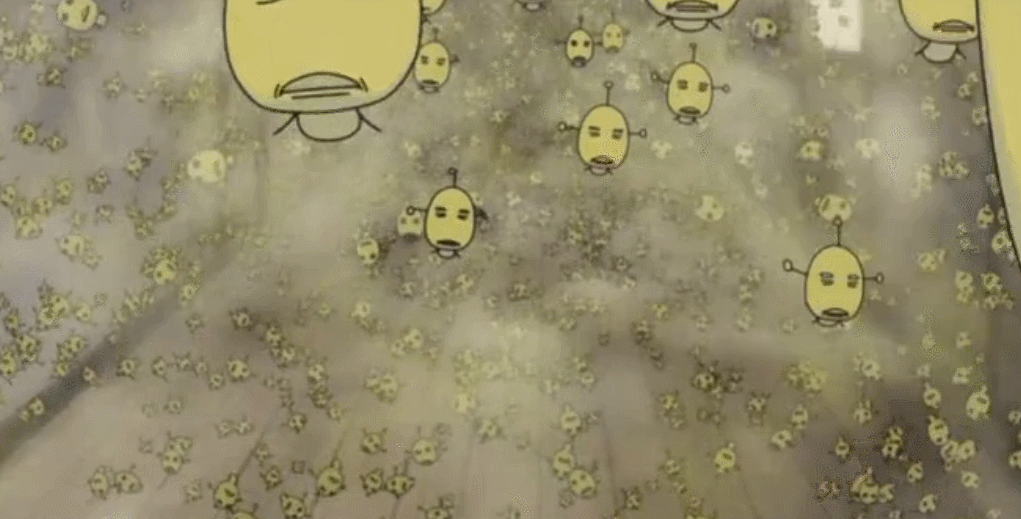Находясь на сайте, вы даете согласие на обработку файлов cookie. Это необходимо для более стабильной работы сайта
what do you think cheese, pickles, yogurt and antibiotics have in common?
Share the longread


Fermentation culture is a technology. Each culture has its own fermentations. It might be:
 pickles
pickles Norwegian fermented fish
Norwegian fermented fish Korean fermented skate meat
Korean fermented skate meat
Cultural differences could be a catalogue of differences in fermented food. The food you eat is what makes your culture your culture.

alcohol
Alcohol is a super important fermentation product that has led to the industrialization of fermentation. It has begun with wine, beer, and sake, but then become a vast industry at a large scale. Changes in the techniques of fermentation to produce better alcohols has produced new technologies for fermentation. Fermentation drives technology. It has made a jump out of alcohol into other kinds of products including chemical products. One of the most important things that we don't realize about microorganisms is that they are used to ferment feed stocks into byproducts. Those byproducts are things like alcohol or food additives, but also things like pharmaceutical drugs like we met last time

It's amazing to think that fermentation that we see in a Petri dish is scaled to produce billions of cures for infections and many useful industrial chemicals. Industrial fermentation is what's producing chemicals that surround us in our lives


- How do biologists imagine the human being these days? The Human Microbiome Project, inaugurated in 2008 and sponsored by the United States National Institutes of Health, tells us that human bodies are mostly microbial — mostly made up of microbial ecologies: "Within the body of a healthy adult, microbial cells are estimated to outnumber human cells ten to one." What does this mean?
Helmreich, Stefan. Homo microbis: the human microbiome, figural, literal, political. Thresholds (2014): 52-59 - Beginning in the 1940s, mass production of antibiotics involved the industrial-scale growth of microorganisms to harvest their metabolic products. Unfortunately, the use of antibiotics selects for resistance at answering scale. The turn to the study of antibiotic resistance in microbiology and medicine is examined, focusing on the realization that individual therapies targeted at single pathogens in individual bodies are environmental events affecting bacterial evolution far beyond bodies. In turning to biological manifestations of antibiotic use, sciences fathom material outcomes of their own previous concepts. Archival work with stored soil and clinical samples produces a record described here as 'the biology of history': the physical registration of human history in bacterial life. This account thus foregrounds the importance of understanding both the materiality of history and the historicity of matter in theories and concepts of life today
Landecker, Hannah. Antibiotic resistance and the biology of history. Body & Society 22, no. 4 (2016): 19-52 - This essay puts forth a theory of "affective ecologies" encompassing plant, animal, and human interactions. The authors' formulation of "involution" favors a coevolution of organisms that act not on competitive pressures but on affective relations
Hustak, Carla, and Natasha Myers. Involutionary momentum: Affective ecologies and the sciences of plant/insect encounters
JOIN THE COURSE CHAT!









